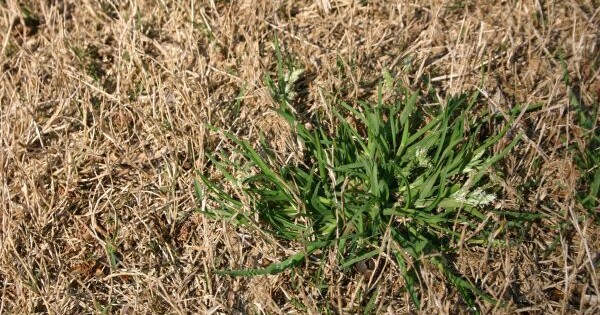A Lawn Retrospective on the Summer of 2023: Looking Ahead to the Fall Season

It seems like ages ago, but during late spring and early summer we were in the midst of a long dry spell–and then things changed! Many areas in the region have seen more typical summer rainfall since late June. Since then, summer annual weeds and sedges were given new life with all of the wet conditions. For many homeowners, it has been a difficult summer keeping lawn weeds like kyllinga, nutsedge, and crabgrass at bay during the wet, humid weather.


University of Maryland research (and others) has indicated that the best way to deter crabgrass is to mow higher. Experiment plots mowed in the 3.5-to-4-inch range have consistently had less crabgrass invasion than plots mowed at 2 or 3 inches. While this late summer weather has led to a lot of crabgrass and sedge invasion, homeowners can take solace in the fact that relief is in sight as far as the calendar is concerned. Late August/early September is the perfect time of year to re-seed with cool-season grasses like tall fescue to undertake a full-scale renovation or a lawn “rejuvenation.”
First, let’s define a few terms:
Complete renovation involves killing the existing sod to bare soil and re-seeding or installing sod.
Overseeding involves using an aerator or de-thatcher to open up the turfgrass canopy and then applying seed to increase density and sustain the stand.
Repairing bare spots involves raking up old debris by hand or loosening it with a de-thatcher, then seeding.
More detailed information on these techniques can be found on the University of Maryland Extension Lawn Renovation and Overseeding resource page.
How do you decide what to undertake? If your lawn is thin, overrun with crabgrass, has a high percentage of broadleaf weeds, or is an otherwise “unsalvageable mess” you would probably consider a full renovation. If your lawn is a little weak in places, but otherwise dense and relatively healthy, overseeding would be more appropriate. Ensuring good “seed to soil” contact and maintaining adequate moisture in the seedbed is critical for successful germination.
Another key element in lawn renovation and overseeding is seed selection. There are a number of varieties (cultivars) of tall fescue available, however, some have performed better than others in the UMD evaluation trials and these are listed as “recommended varieties” in UMD Extension Bulletin TT-77-Recommended Turfgrass Cultivars (PDF). Although these varieties may be difficult to find at “big box” stores, many local garden retailers seek them out to stock them, and homeowners can often purchase them from local landscape professional suppliers or find them online at sites like seedsuperstore.com.

